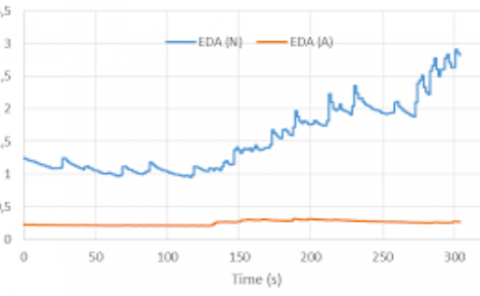How does Simulation-based Testing for Self-driving Cars match Human Perception?
Date:Jan 2024
Teams:Zurich University of Applied Sciences;niversity of Bern;University of Zurich
Writers:Christian Birchler, Tanzil Kombarabettu Mohammed, Pooja Rani, Teodora Nechita, Timo Kehrer, Sebastiano Panichella
PDF:How does Simulation-based Testing for Self-driving Cars match Human Perception?
Abstract
Software metrics such as coverage and mutation scores have been extensively explored for the automated quality assessment of test suites. While traditional tools rely on such quantifiable software metrics, the field of self-driving cars (SDCs) has primarily focused on simulation-based test case generation using quality metrics such as the out-of-bound (OOB) parameter to determine if a test case fails or passes. However, it remains unclear to what extent this quality metric aligns with the human perception of the safety and realism of SDCs, which are critical aspects in assessing SDC behavior. To address this gap, we conducted an empirical study involving 50 participants to investigate the factors that determine how humans perceive SDC test cases as safe, unsafe, realistic, or unrealistic. To this aim, we developed a framework leveraging virtual reality (VR) technologies, called SDC-Alabaster, to immerse the study participants into the virtual environment of SDC simulators. Our findings indicate that the human assessment of the safety and realism of failing and passing test cases can vary based on different factors, such as the test's complexity and the possibility of interacting with the SDC. Especially for the assessment of realism, the participants' age as a confounding factor leads to a different perception. This study highlights the need for more research on SDC simulation testing quality metrics and the importance of human perception in evaluating SDC behavior.


